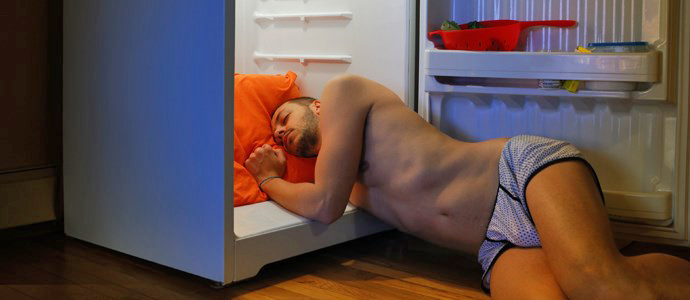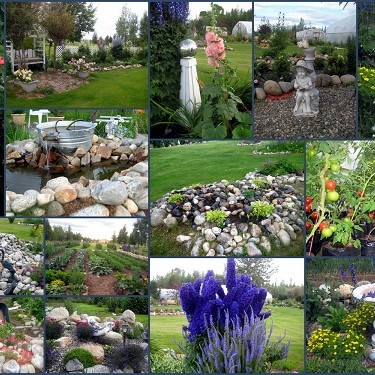So your home gets too hot and you are looking for ways of addressing the challenge. But how can you do it without installing another appliance and tapping for more electrical juice into the grid?
My fellow Acterra, Green@Home volunteer – Tom Kabat presented this on the forum and it was too good not to pass it along. He was kind to give his permission to to share these creative alternatives that he had discovered for reducing the temperatures in your house before installing a whole house fan or an AC unit (no it does not involve taking an ice bath).
Reduce internal gains by:
- Lowering summer electric use (that turns to heat) e.g. use LED lighting, XBox and DVR etc on smart-strips, Energy Star fridge and other appliances.
- As demonstrated at this instructable here, you can lower your shower heat gain to house by enclosing the shower stall (I put a temporary plastic sheet over the top of mine 6 years ago and it saves us gas and water and keeps our bathroom dry.) It let’s me comfortably turn off the water while I stay warm and soap up, saving even more gas and water. After our showers we open the stall door to let remaining water drops evaporate into the house per normal. It works amazingly well and saves water, gas, carbon, bathroom rot, and suffering. It gives me a better shower with no compromise. It even lets me shower at the same comfort level with a lower water heater temperature since I’m able to isolate the shower and not accidentally using the shower to heat and humidify and slime the walls of the whole room.
Reduce external gains:
- Shade the house (particularly shade the Roof with solar panels and shade the East and West walls with trees, hops vines, sunflowers etc. We also shade our east and west porches with old venetian blinds that extend down to a few inches above head level. We raise them in winter to let more sun/light in;
- Increase the external reflectance levels to bounce that sunlight back into space. e.g. better reflecting shingles or roof coating, lighter color wall paint;
- Add even more insulation to ceiling and to East and West walls in particular;
- Add radiant barrier to attic rafters;
- Vent attic heat by installing a simple Solar PV powered attic ventilator;
- Passively vent room heat by adding a small (e.g. sub 2 foot) operable skylight with screen. Larger skylights add more issues. (Intermediately, You could even build a box frame to attach a cheap square room fan to power exhaust through the skylight)
All of those actions (if applicable) should give more quiet and more comfort. Although if you do not want to bother with any of these alternatives, the option below works well too:
Auhor: Tom is on the board of a small solar non profit in Bay Area, California called SunWork.org. They specialize in installing low cost Solar on low energy use homes by training volunteers and work with them barn raising style to install solar at about 30% lower cost making it affordable for efficient users in lower rate tiers. If you want to check out their solar orientation classes, you can find them on their Facebook page.


 Top 5 Biggest Baddest Boldest Myths About Powering Your Home with Solar Panels
Top 5 Biggest Baddest Boldest Myths About Powering Your Home with Solar Panels Amazing Backyard Landscape Design Ideas You Might Have Missed
Amazing Backyard Landscape Design Ideas You Might Have Missed Who Really Wants to Pay You? Energy Efficiency Rebates, Incentives and Tax Credits
Who Really Wants to Pay You? Energy Efficiency Rebates, Incentives and Tax Credits